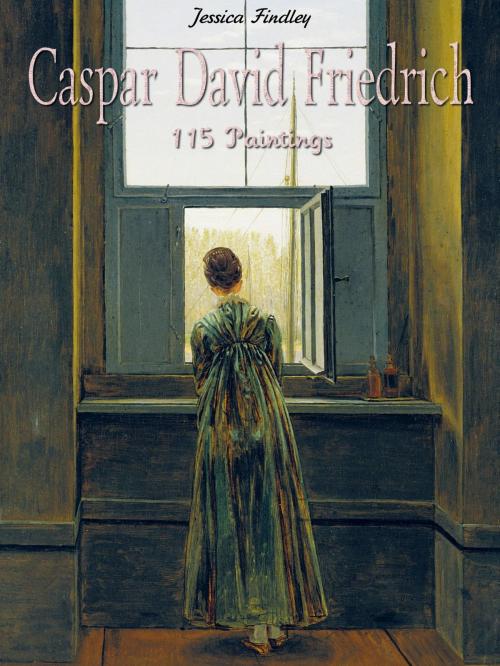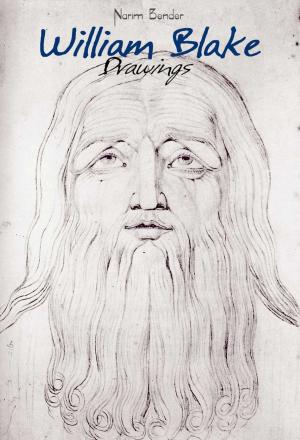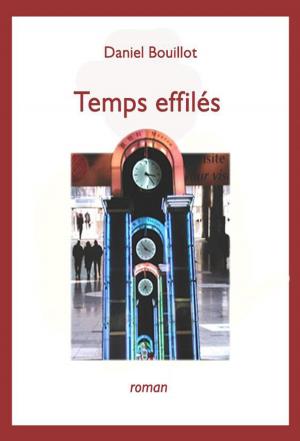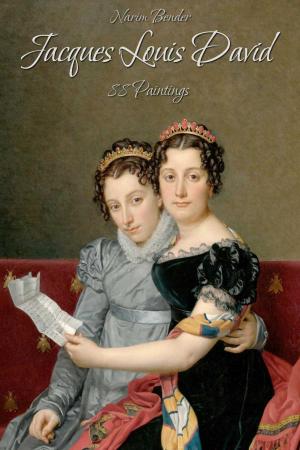Caspar David Friedrich: 115 Paintings
Nonfiction, Home & Garden, Crafts & Hobbies, Art Technique, Painting, Art & Architecture, General Art| Author: | Jessica Findley | ISBN: | 9782765905653 |
| Publisher: | Osmora Inc. | Publication: | November 3, 2014 |
| Imprint: | Osmora Inc. | Language: | English |
| Author: | Jessica Findley |
| ISBN: | 9782765905653 |
| Publisher: | Osmora Inc. |
| Publication: | November 3, 2014 |
| Imprint: | Osmora Inc. |
| Language: | English |
Caspar David Friedrich was a 19th-century German Romantic landscape painter, generally considered the most important German artist of his generation and one of the most original geniuses in the history of landscape painting. He is best known for his mid-period allegorical landscapes which typically feature contemplative figures silhouetted against night skies, morning mists, barren trees or Gothic ruins. His primary interest as an artist was the contemplation of nature, and his often symbolic and anti-classical work seeks to convey a subjective, emotional response to the natural world. Friedrich's paintings characteristically set a human presence in diminished perspective amid expansive landscapes, reducing the figures to a scale that, according to the art historian Christopher John Murray, directs "the viewer's gaze towards their metaphysical dimension".
He was virtually forgotten at the time of his death and his immediate influence was confined to members of his circle in Dresden, notably Georg Friedrich Kersting, who sometimes painted the figures in Friedrich's work. It was only at the end of the 19th century, with the rise of Symbolism, that his greatness began to be recognized. Most of his work is still in Germany.
Caspar David Friedrich was a 19th-century German Romantic landscape painter, generally considered the most important German artist of his generation and one of the most original geniuses in the history of landscape painting. He is best known for his mid-period allegorical landscapes which typically feature contemplative figures silhouetted against night skies, morning mists, barren trees or Gothic ruins. His primary interest as an artist was the contemplation of nature, and his often symbolic and anti-classical work seeks to convey a subjective, emotional response to the natural world. Friedrich's paintings characteristically set a human presence in diminished perspective amid expansive landscapes, reducing the figures to a scale that, according to the art historian Christopher John Murray, directs "the viewer's gaze towards their metaphysical dimension".
He was virtually forgotten at the time of his death and his immediate influence was confined to members of his circle in Dresden, notably Georg Friedrich Kersting, who sometimes painted the figures in Friedrich's work. It was only at the end of the 19th century, with the rise of Symbolism, that his greatness began to be recognized. Most of his work is still in Germany.















